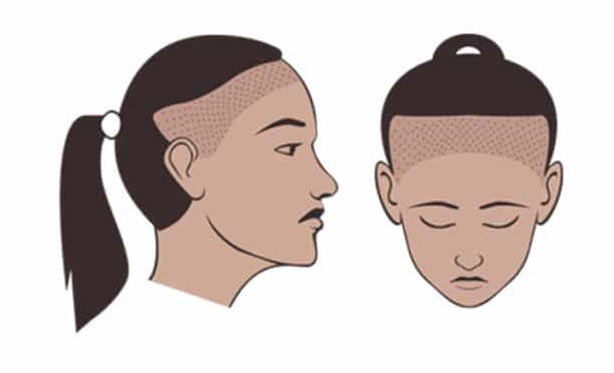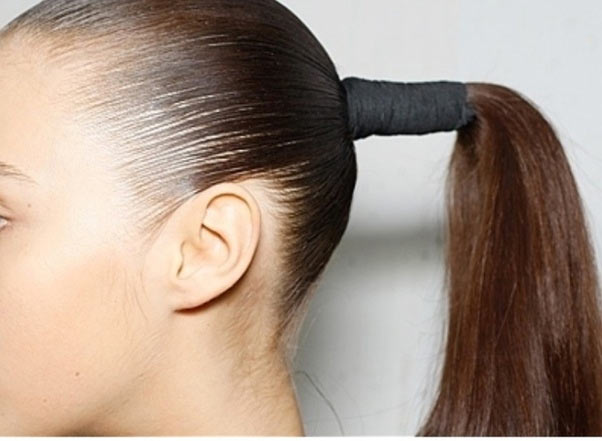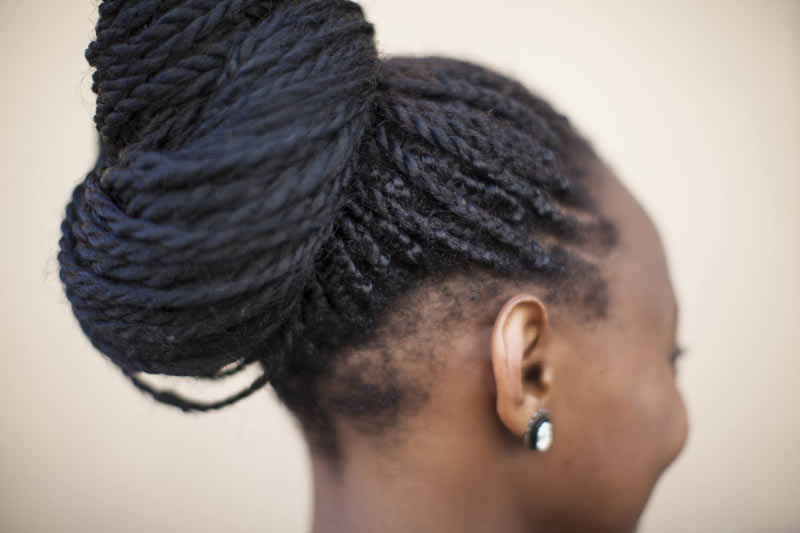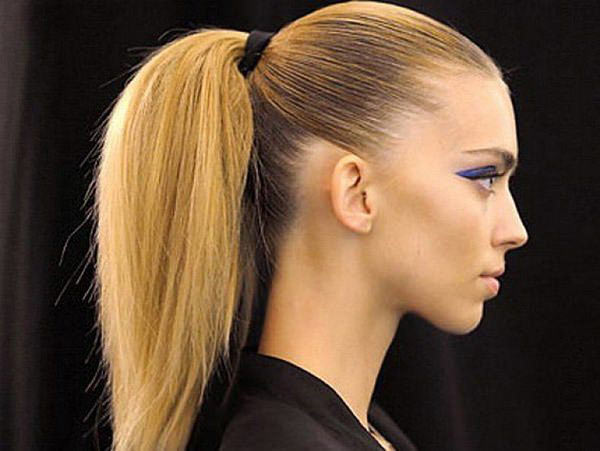Hair loss is a growing issue that can be devastating for a woman’s self-image and emotional well-being.
Many factors can lead to hair loss. Continuing our talk about simple practices that can transform your hair, let’s talk about one type of hair loss that can be avoided just by the way you practice hair care.
Women in general love to style their hair, to change the way it looks or to facilitate our lives.
But some hair styles can lead to excess traction that can lead to hair loss…
What happens when you pull your hair?
Do you love that super tight ponytail or that super tight braid? And do you love to style your hair in that way frequently?
If yes, it’s time to pay more attention to that!
There is one form of hair loss that is associated with the act of pulling of hair or high-tension hairstyles. It generally predominates in women, being more frequently in Afro-textured hair, but also present in other groups such as Caucasian or Asian hair.
This type of hair loss is called Traction Alopecia (TA) and is a result of prolonged or repeated tension on the hair root, which causes mechanical damage to follicles, ultimately resulting in hair loss.

The big thing about TA is that it is a slow process that can take months to years for the first symptoms of alopecia to start to be noticed. And unfortunately, when the hair loss happens, sometimes it can’t be easily reversible.
But the best thing about TA is that it can be avoided only by the way that you manipulate your hair.
Don’t worry, you don’t have to stop using the hair styles that you love to avoid TA, but yes…some adjustments are needed. Let’s take a deeper look at that.
Which hair styles can cause hair loss?
The strongest contributors to traction alopecia are the type and frequency of hairstyle worn combined with hair accessories that have a pulling effect.
Among those we can mention the frequent use of tight buns or ponytails, the frequent application of tight braids and the usage of hair extensions.
Those hairstyles contribute to continuous pulling of the hair in one direction and can result in significant breakage and traction alopecia.
The effects can be worsened if those procedures are applied in relaxed hair, since this process weakens the hair fiber, leading to additional breakage.
To guide you better, pay attention to what you feel when styling your hair. Any hairstyle causing symptoms such as pain and stinging deserve special attention, especially if they are done frequently.


How can I style my hair and keep it beautiful and strong?
To keep your hair beautiful and strong while avoiding the risk of hair loss caused by excess pulling, the first step is to modify the way that you apply some of the hairstyling practices mentioned before.
The main target is to avoid producing excessive tension on the hair follicle. For that you can:
- Eliminate hairstyles that are associated with pain
- Practice loosening of braids and ponytails, especially around the hairline
- Avoid braiding and similar hair styles in chemical relaxed hair
- Use hair extensions for short periods of time and immediately remove them if they are causing pain or irritation
- Alternate hairstyles when possible
- Adopt as much as possible a natural hair style, giving hair a break from all styling practices to allow it to recover from stress.
For today’s main take away keep in mind that beautiful and healthy hair is a combination of many factors.
As we talked before, WHAT you use in your hair is very important (we will talk about hair products in other articles) but HOW you use it and manipulate your hair is key to the final appearance of your hair.
With simple changes you can start transforming your hair to have much more great hair days.



Thanks for the great insight on hair loss…
You are very welcome!